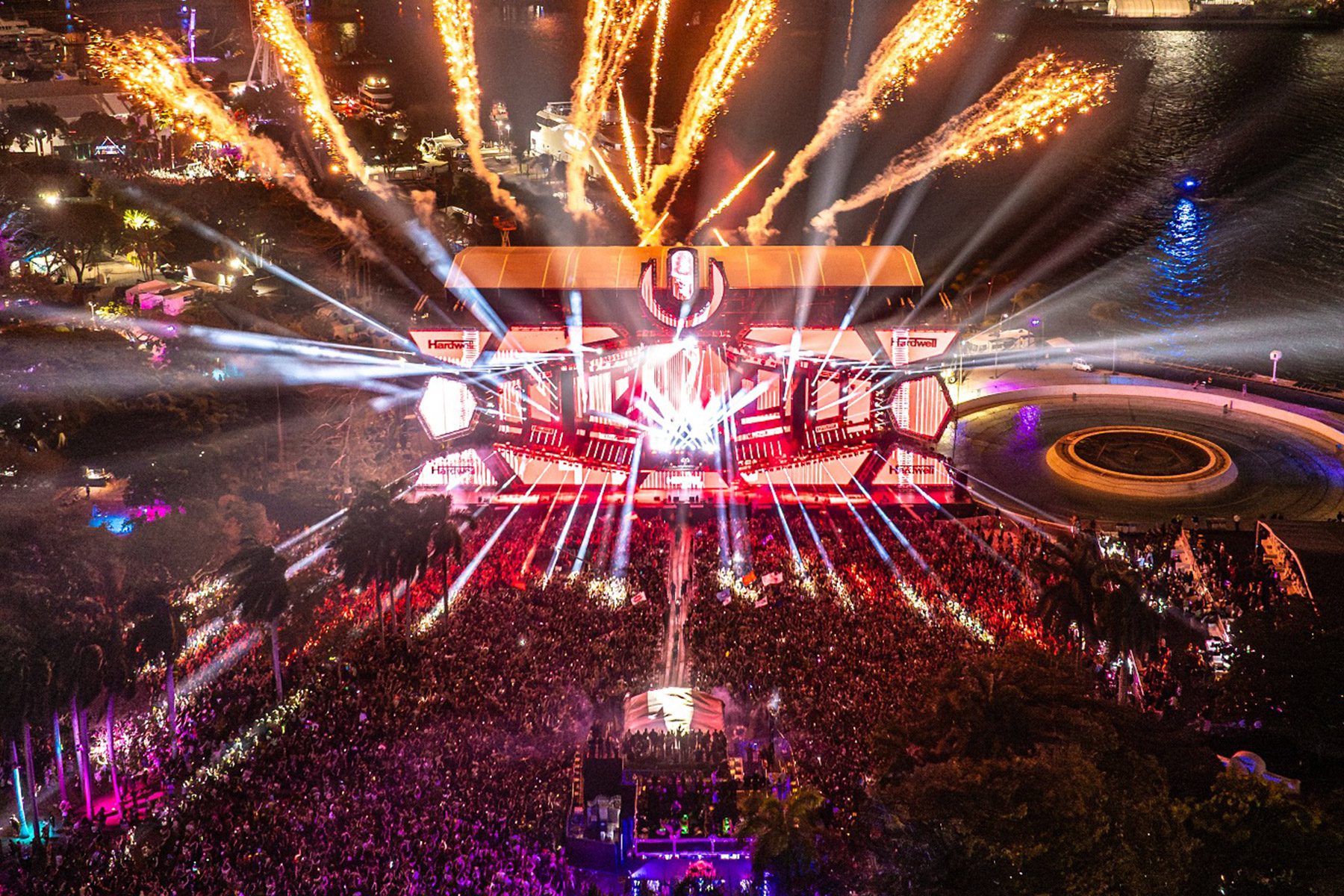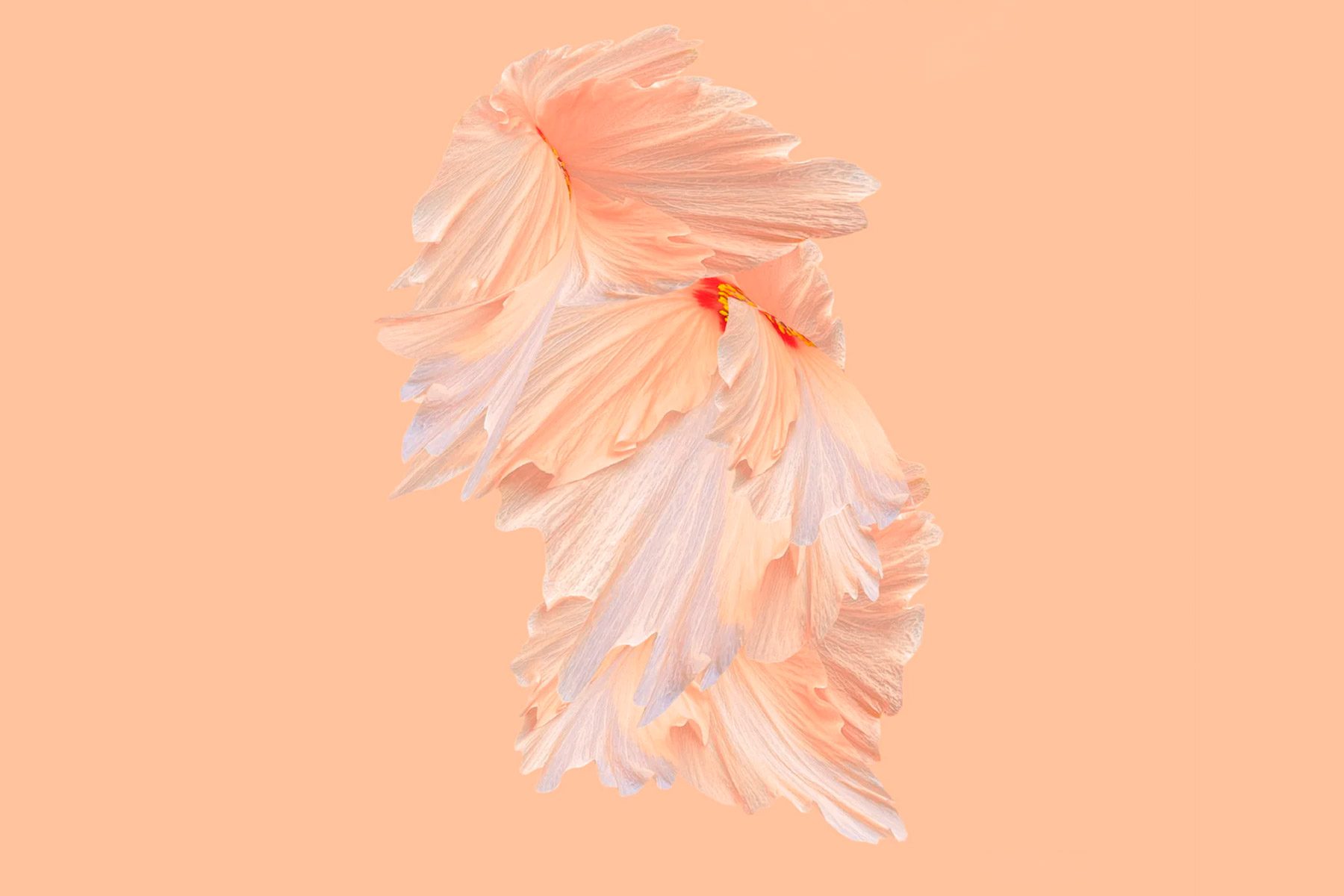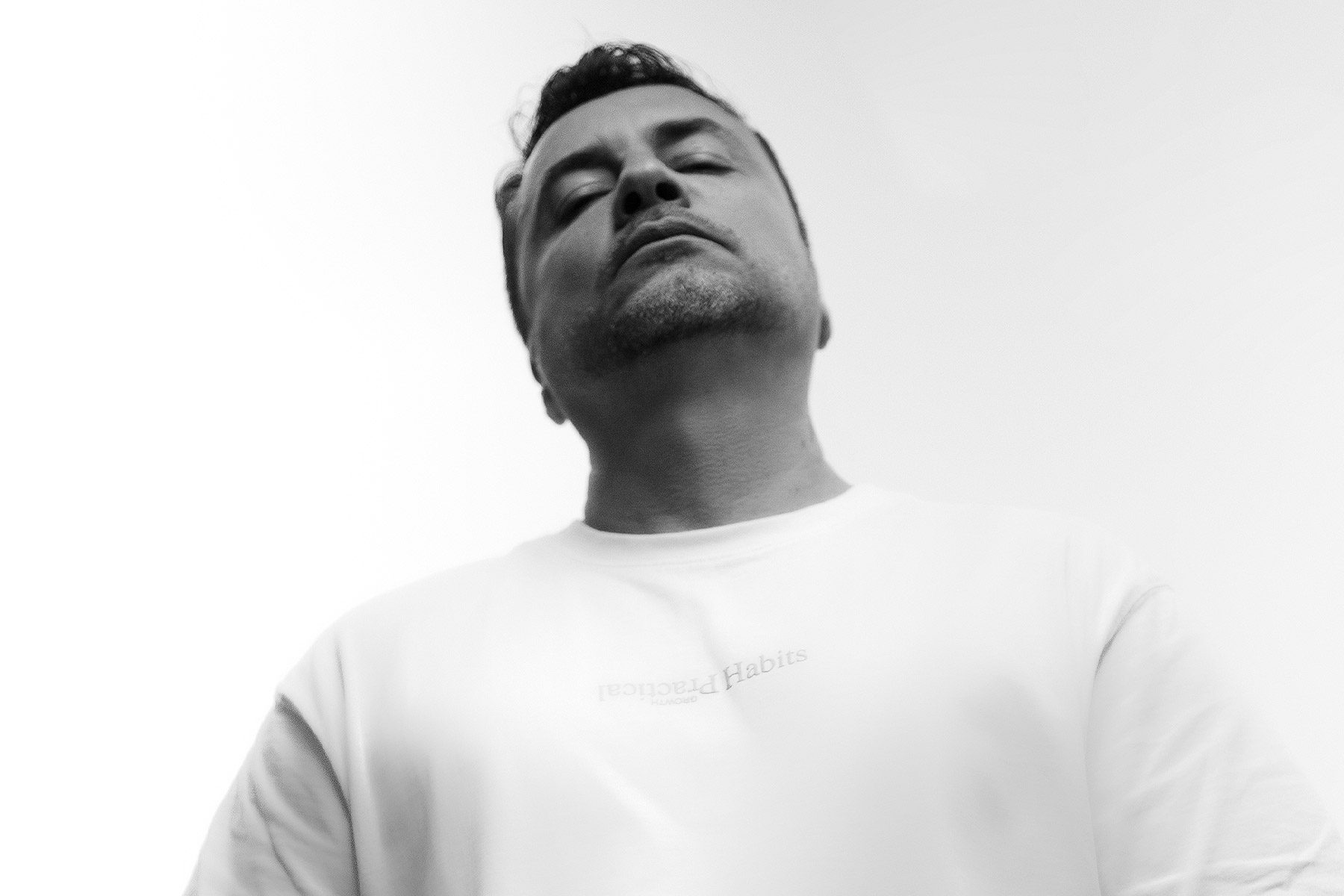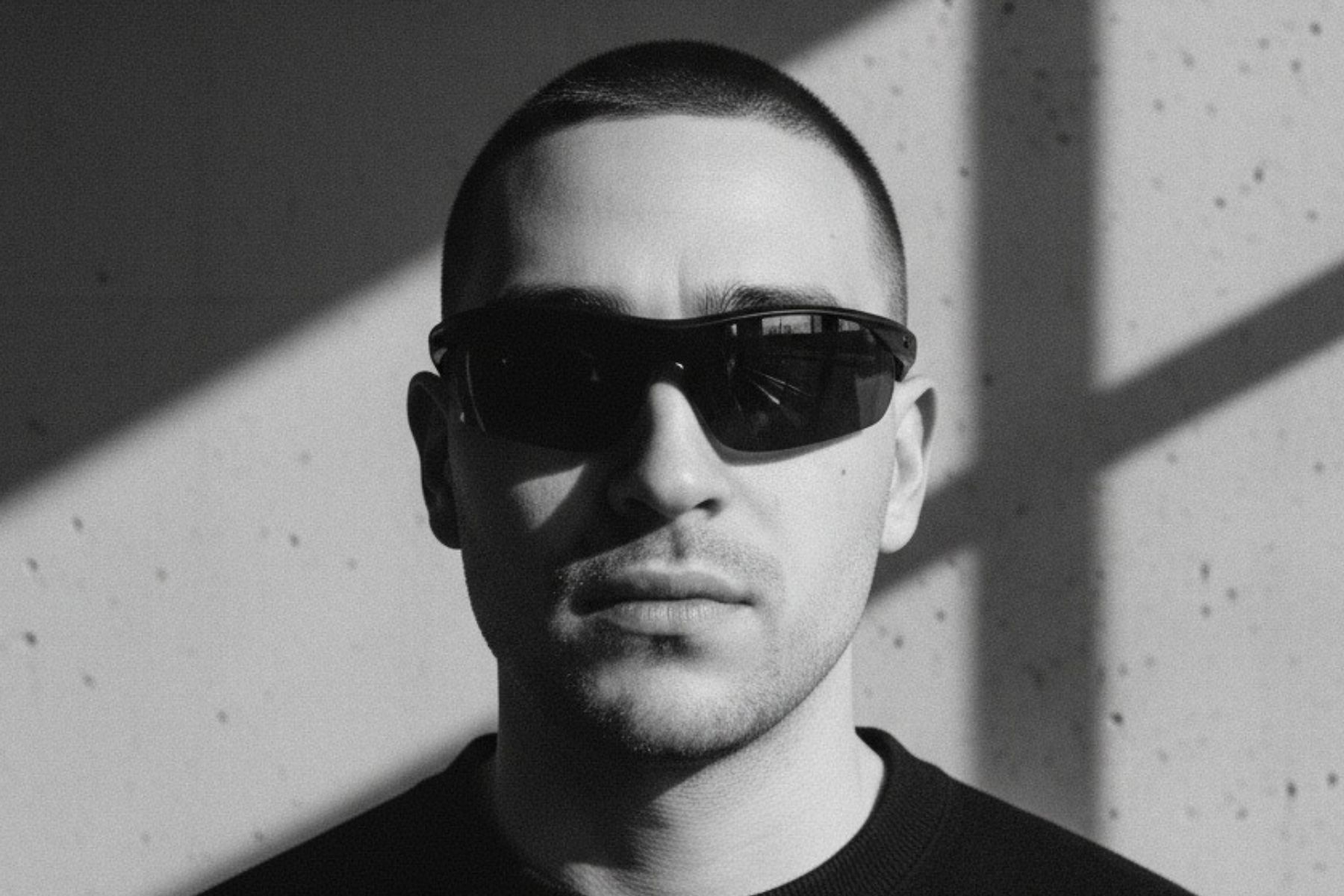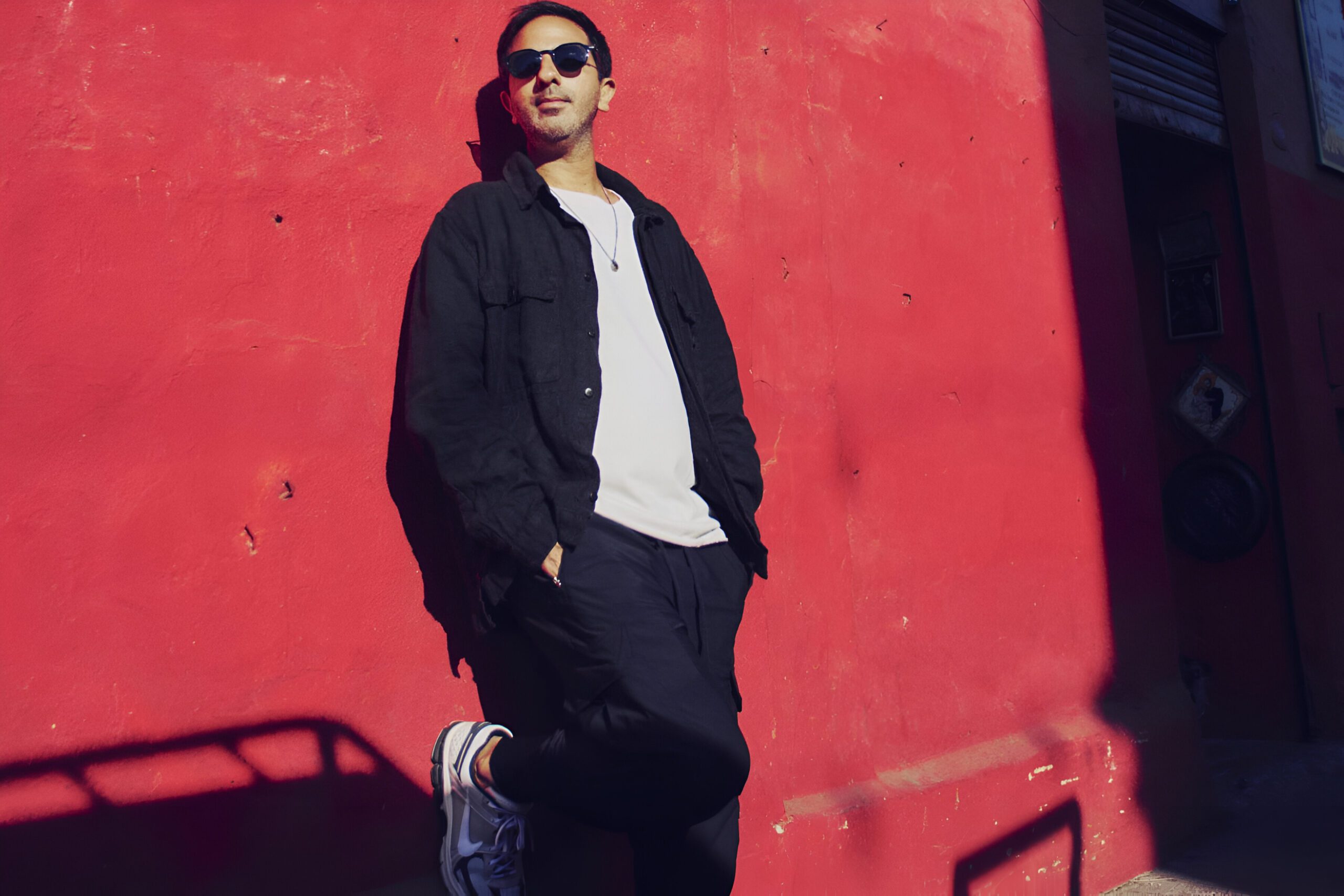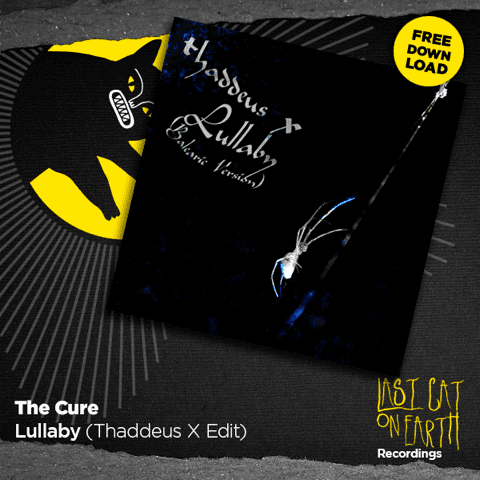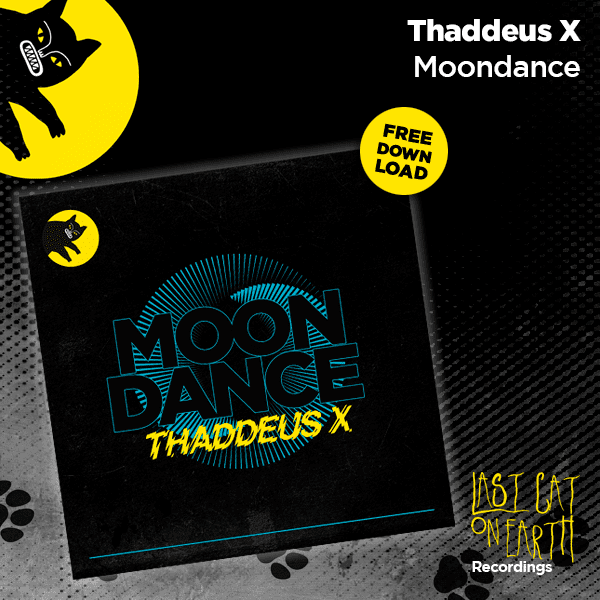Italo-Brazilian DJ & producer Stephan Barnem has been a staple on some of the scene’s leading labels over the past decade, including releases on Maceo Plex’s Ellum, Kompakt, and Global Underground. Now, Barnem is making his highly-anticipated Siamese debut with ‘Kaizen’. Drawing inspiration from the notion of improvement, ‘Kaizen’ has been blazing up dancefloors across the globe as an exclusive drop in Adriatique’s summer sets, thrusting Barnem into the spotlight once again.
EG caught up with Stephan Barnem to learn more about the drop of his ‘Kaizen’ EP on Siamese, his production process, his relationship with Adriatique, his views on the state of the scene, and more.
EG: Hi Stephan! Welcome to EG. It’s a pleasure to have you here with us. Where are you based right now?
Stephan Barnem: Hello there! Right now I am based in northern Italy. I have spent some years living in Barcelona, which is a very energetic and nice city where a lot of friends, fellow DJs, and producers live, and where my agency is also based. However, I realized that I can be more disconnected from the world and focused on the music-making process when I am in my own studio here in Italy.
EG: So, what has your summer been like? Any particular highlights?
Stephan Barnem: First of all, let me take the chance to say that I’m not a summer guy at all. I love long cold winters and gloomy autumns, they’re so poetic. I love fog as much as most people love the Sun.
Anyhow, I used this post-pandemic summer to re-establish contact with the outside world and make connections. I traveled both for DJ’ing and/or just for networking to several places, festivals, and clubs, including Sonar in Barcelona, Ibiza, the Middle East, and Italy, of course. Considering the results and deals I closed, I can be quite satisfied with how it went, especially after a two-year hiatus.
EG: That’s quite a lot of traveling. By the way, congratulations on the forthcoming release of your new ‘Kaizen’ EP via Siamese! What has the initial reception been like so far?
Stephan Barnem: It’s been simply amazing. Since Adriatique started playing it at the beginning of this past summer, I’ve been receiving at least one message a day from someone asking me about it, when it was coming out or if I could send it their way. They signed it to Siamese basically as soon as I showed it to them and very reasonably they asked me to not share it with anyone until the official promo campaign would have started. Which is common practice for labels, especially nowadays that leaks are not unusual to happen. That’s why you’ve seen Adriatique playing it basically exclusively throughout all summer.
When Siamese started sending out the promo, it immediately received huge support and we saw artists like Tale Of Us, ARTBAT, Mathame, and more internationally renowned DJs play it at major events, which is of course really flattering to me.
EG: So, what can your fans expect to find on ‘Kaizen’? There’s a very nice contrast to both tracks on the EP. Is there a narrative or concept behind these?
Stephan Barnem: We obviously liked the simplicity to name the EP after the main track, ‘Kaizen’, which by the way is Japanese for “improvement” and it’s a term used in business economics to indicate continuous improvement.
I think ‘Kaizen’ speaks for itself. It’s a track made with one clear idea in mind: make the dance floor explode and the crowd jump; and it has proven to be able to do exactly what I created it for. From the smallest after-party dance floor to the biggest stage at Tomorrowland, passing through the DC10 terrace.
On the other side of the EP, there’s ‘Everlasting Morning’, and I think you used the right word in your question: “contrast”. Not that ‘Everlasting Morning’ isn’t capable of making the crowd go wild and jump, saying that would be far from true, but opposite to ‘Kaizen’, which has a fierce bass and a powerful kick hitting you in the face from the very first second, the track starts very softly and slowly builds up, which makes it the perfect candidate to become a classic set starter.
“We obviously liked the simplicity to name the EP after the main track, ‘Kaizen’, which by the way is Japanese for “improvement” and it’s a term used in business economics to indicate continuous improvement”
EG: ‘Kaizen’ is also your debut on Adriatique’s Siamese label. Did you have a previous relationship with the duo?
Stephan Barnem: Our very first contact goes back to 2015 when I released an EP on Ellum (Maceo Plex’s label) titled ‘A Violent Disturbance In A Crowd’. Adrian reached out to ask me about the promo of ‘Violent Disturbance’, the main track of the EP, and I didn’t hesitate to send them.
Since then, we occasionally crossed paths briefly, but I kept checking their releases and their journey as one of the fastest-growing duos in the scene. Nowadays, they are among the biggest acts in the melodic techno scene, and their label Siamese has become one of the most recognized in the genre.
EG: Let’s step into the studio for a bit…what does yours look like at the moment? We know every track is different, but do you have some sort of “blueprint” by now to take ideas to finished songs?
Stephan Barnem: It’s near my home and surrounded by nature, no neighbors, and nothing’s around it, so I can blast my speakers at whatever volume I want 24/7. Basically, it’s a producer’s paradise. I try to keep my setup as simple as possible. I do have several analog synths at my disposal such as a Prophet, which is a very versatile and amazingly sounding synthesizer from the late Dave Smith; a Moog, which I have a love/hate relationship with because it sounds so big that it’s hard to not overdo it and I mainly use it for basses, of course; a Roland JV from the late ’90s, which is technically not analog but digital hardware; and some more external gear, included my beloved Nord Lead, with which I have done several tracks in the past.
Most of the time, however, I don’t use them simultaneously. I really go by periods. For a month I may be completely in love with one synth and the next I switch to another instrument and only use that. It really depends. For example, currently, my centerpiece is not even a synth. It’s the Ableton Push which is lit up right in front of me on my desk. I have recorded enough sessions and sounds by playing with the machines and synths that sometimes I just enjoy sitting back, experimenting, and twisting them around, inside Ableton, to create something completely new and unexpected out of them.
You’re right when you say that every track is different. That has been particularly true for me, especially in the past. I’ve always liked trying new things and experimenting. It usually starts with me sitting in the studio fiddling around for hours with a synth, listening to samples, or playing the keyboard without any idea whatsoever and even getting frustrated for not finding the right inspiration. Then, when I’m about to call it a day, some kind of magic happens and I find the right set of notes or the right sound that makes me go “Woah, wait a second!”, I sit back up straight, start recording and go from there. That’s a feeling that only other producers or maybe other artists may understand. Not to mention the feeling when you’re making a track that makes you literally jump up from the chair and start dancing! Funnily enough, I have a security camera in my studio and it does catch these types of moments on video, some of which I posted on my Instagram page.
With time I indeed formed my blueprint, as you call it, to go from the initial idea to a finished track. As I said, it usually starts with the idea-forming and when I have found the right sound or melody, I start listening to it and imagine it played in a club. I then start building around it, for example, adding a kick if I started from a melody or vice versa; and again another type of magic happens: the track starts talking to me! Of course not with words but through emotions, or telepathy, I don’t know, but really it’s the track asking me what sound to add or to take away from it. I may sound crazy but I’m sure other producers know what I mean.
From there it’s just a matter of sitting down and indulging the track until you magically reach the end of it. If I had to give you a more practical example, I would say imagine this: start to lay down a four-to-the-floor kick drum.
Now, what does it feel it’s missing? A bass right?
Go play some bass notes from your synth or look for one in your sample library, try it, does it sound good?
Next. What’s missing?
The track tells me it needs some hi-hats now. Ok, let’s put some hi-hats. Cool but the bass got boring already, go back and change the bass. At the 1-minute mark, it feels like it needs a break. Cut the kick and the bass. Wow, nice!
Now it needs a melody though. Start looking for a melody. Wow, amazing! So emotional!
It also calls for a pad below the melody. Add a pad.
It would feel good if only the melody and the pad were playing now, without the kick and the bass, to create a nice emotional pause in the track.
Let’s do it! Ok now imagine the kick and the bass and the hi-hats coming back together all of a sudden… wow! The bomb!
And so on until you reach the end.
I would define myself as an imperfect perfectionist, meaning that I can get easily obsessed with something that probably only I can notice and sometimes I spend hours, if not days, tweaking a sound or searching for the very smallest detail in a track. Which is not ideal because it’s time-consuming and I’m trying to improve on that.
Luckily I’m only human, so eventually, I may just miss and leave a whole lot of other imperfections. Which in the end is what makes a track special.
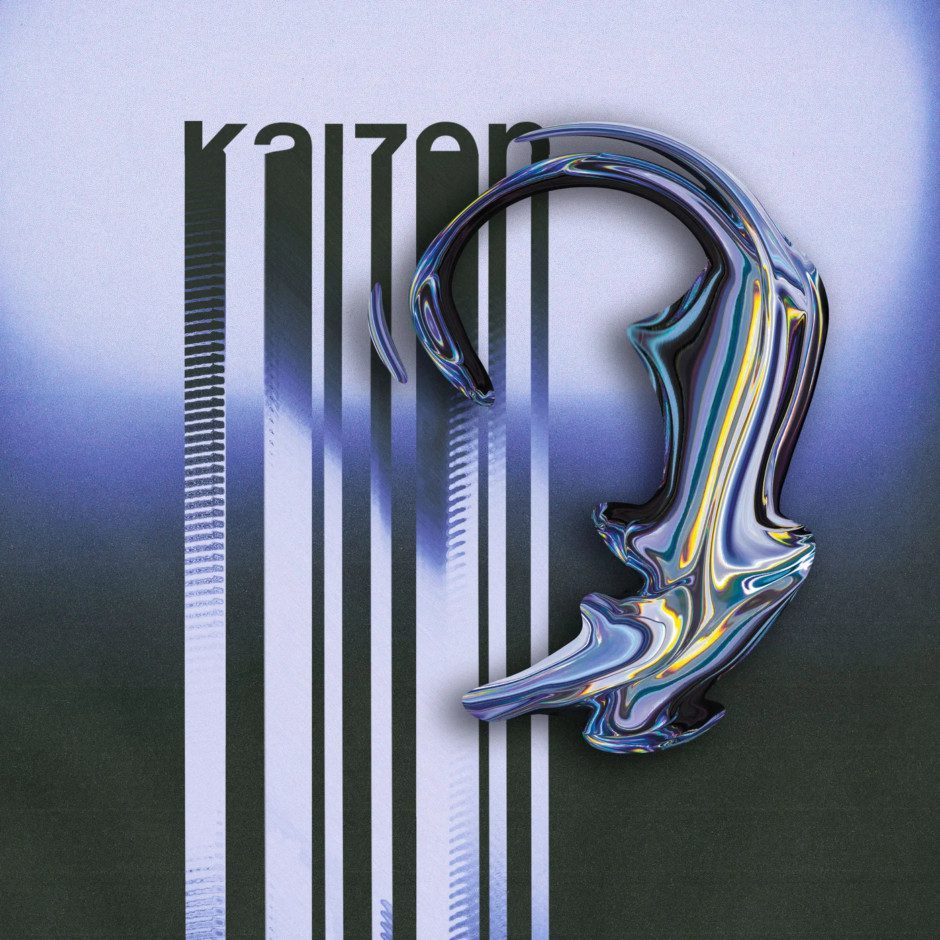
EG: What are your thoughts on the current state of the scene? What would you like to see more and less of?
Stephan Barnem: I think our scene is doing very well! It has become very popular, probably more than ever. I believe it’s a great time to be part of this. Also, I think that during the pandemic, when people couldn’t go out, they realized how good it is to party and now they’re enjoying it more than before. I was at ADE last month and all the events were sold-out. All of them! I was really happy to see that.
I would like to see more of what the scene is right now. I hope this post-pandemic desire to party and enjoy life doesn’t fade away but keeps on growing. Attending parties is becoming more and more a sort of full experience. It’s not only about the music. Sure, music is still and will always be the centerpiece, but visuals are becoming more and more astounding and interactive and the figure of the DJ itself is becoming more entertaining and at the center of it all, which is cool in my opinion, but for some other people is not.
This brings me to the next point. I would like to see less complaining about the current state of the scene. For example, a lot of older-generation artists are complaining about social media, claiming that newer DJs are only famous because of Instagram or saying that they can’t mix with vinyl.
Who cares if they can’t mix with vinyl? Beat-matching is just a skill, not a talent, don’t feel special. I am also not a social media fan and if it wasn’t for the promotion of me as an artist, I most likely wouldn’t be on any, but they are part of the game, and the fact that there’s one more obstacle between being just a bedroom DJ/producer and success, is just an opportunity for me and for those who are willing to play this game. The fewer people who agree to play by the rules, the easier it is to win for who remains.
Not to mention how much I’d like to see fewer of those males complaining about female DJs. She’s playing at a major festival while you’re sitting on your couch commenting on Facebook how bad she is and claiming she’s only there because she’s a woman. Guess who of the two is obviously doing something wrong. In any case, money is king, do better music and better promote yourself, sell more tickets than she does, and sure enough next time the promoter hires you to DJ, not her.
EG: What is art and why do we need it?
Stephan Barnem: This is a Mariana-Trench-kind-of-deep question right here. First of all, I believe we need to differentiate between what art could be for an artist and what art could be for a consumer. It’s anyway such an intimate and subjective topic that I can only speak for myself and tell you what art is for me, from both sides.
As an artist, I see art as a form of letting my soul speak or a sort of meditation process. When I DJ or produce music I may enter in a sort of trance-like state. My subconscious takes over and guides my decisions more than my conscious side does. It’s both very relaxing and tiring at the same time. After a long and productive studio session or DJ set, I feel drained, but in a positive way.
That’s why I never let anyone visit or join me in the studio unless it’s strictly necessary. Not only is it more than a home for me, it’s a sacred place too where these sorts of self-induced kind of hypnosis sessions happen and I don’t feel comfortable nor can I let myself abandon completely to the music while someone else is there. As I said before, tracks speak to me when I’m producing them. That doesn’t happen as easily if I’m not alone.
As an art consumer instead, I also see art as a form of meditation, but the energy flow is reversed. I mean, if as an artist I let my soul speak and send information and energy out, the opposite happens when I’m listening to someone else’s music or admiring a painting. I let information and energy in. I may spend hours looking at a painting or listening to music with my headphones on without even realizing time is passing, just focusing on that. That, by definition, is meditation.
So the common denominator between “art as an artist” and “art as an art-consumer” is meditation. That’s what art is for me, a form of meditation.
Now, why do I need it? Because it makes me feel good.
“When I DJ or produce music I may enter in a sort of trance-like state. My subconscious takes over and guides my decisions more than my conscious side does. It’s both very relaxing and tiring at the same time. After a long and productive studio session or DJ set, I feel drained, but in a positive way”
EG: What’s next for Stephan Barnem? What particular milestones are you looking forwards to now? Where can your fans catch you next?
Stephan Barnem: After ‘Kaizen’, the very next track that I will release is titled ‘Healing’ and it’s part of a various-artist EP on Obscura, which is Fedele’s label. The release is scheduled for next Friday, November 18th.
Based on Fedele’s words, ‘Healing’ is the very track that sparked the idea of creating this experimental and very courageous VA. It’s not the typical techno banger you would expect to hear during the peak time of a set, the kick is there and not there at the same time, yet it’s proven to work even during the most banging techno set. It’s one of those tracks that makes you think “what the hell is this?”, but at the same time, you realize you just can’t stop grooving to it.
After ‘Healing’, we will have to wait for a few months for my next EP to come out at the beginning of 2023. I can’t say much about it yet, but I can say that it’s a collaboration with Futuristant, a very talented producer and friend of mine; it’s going to be released on one of the biggest and most renowned electronic music labels around; and it contains one track that I would not be surprised to hear on the opening scene of a romantic, thriller or even horror movie.
EG: Thank you so much for your time, Stephan! We wish you all the best for the future.
Stephan Barnem: Thank you! It was a pleasure answering your interesting and at times deep questions.
Stephan Barnem’s new ‘Kaizen’ EP is out now via Siamese. Purchase your copy here.
Follow Stephan Barnem: Facebook | Soundcloud | Instagram | Spotify




